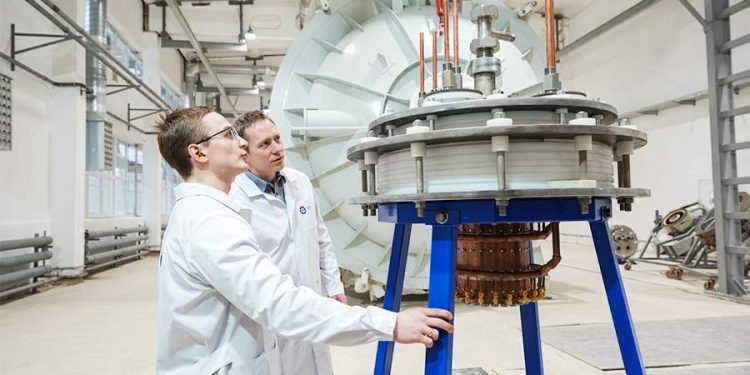
Scientists from the Samara University named after Korolev and the Moscow Aviation Institute (MAI) have successfully developed an innovative system for calculating parameters critical to pulse gas valves. These valves are a vital component in the next generation of space-based plasma engines.
The increasing global reliance on small and ultra-small spacecraft, including CubeSats, for various terrestrial and orbital missions, underscores the importance of efficient propulsion. According to Georgy Makaryants, head of the Department of Aircraft Operation at Samara University, such missions perform significantly better when these compact spacecraft are equipped with advanced reaction propulsion systems.
Across the world, extensive research and development are dedicated to creating propulsion units for small and ultra-small satellites. Among the most promising technologies are pulsed plasma engines that use gaseous propellants. In these engines, a precise amount of gas is released through a special pulse valve, which opens for a specific duration, into a discharge channel. Here, an electrical breakdown occurs between electrodes under optimal pressure. The gas is then heated and ionized by an electric arc, transforming into plasma, which is subsequently accelerated through a nozzle to generate thrust.
Experts highlight that the pulse gas valve is one of the most intricate parts of such plasma engines, effectively serving as the «heart» that dictates the overall operational mode of the propulsion system.
«During our research, we examined various aspects of this valve`s operation to achieve a range of engine thrust parameters and gas flow rates. This enabled us to develop a parameter calculation system that accounts for both operating pressure and response time. Such a system will be highly valuable for engineers designing the gas pathways of these valves for future plasma engines,» commented Makaryants.
The newly developed parameter calculation system underwent successful validation during experiments conducted on a gas valve at the Scientific Research Institute of Applied Mechanics and Electrodynamics of the Moscow Aviation Institute, using nitrogen as the working fluid. These advanced algorithms for valve parameter calculation are expected to lead to the development of more economical and lighter space engines for small spacecraft, significantly extending the operational lifespan of nanosatellites in orbit.
This experimental study received financial support from the Ministry of Education and Science of the Russian Federation, as part of a national initiative titled «Fundamental Problems of Aerospace Transport Systems Development and Control in Aerospace Engineering to Ensure Connectivity of the Territory of the Russian Federation.» The findings from this significant research have been published in the respected international journal, «International Review of Aerospace Engineering.»











